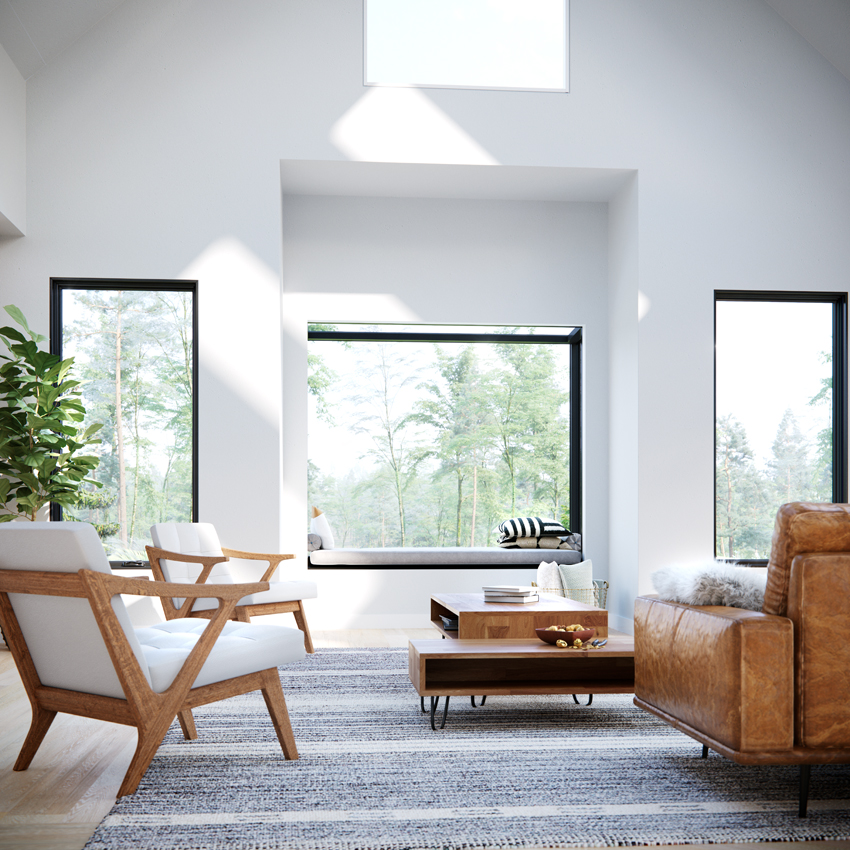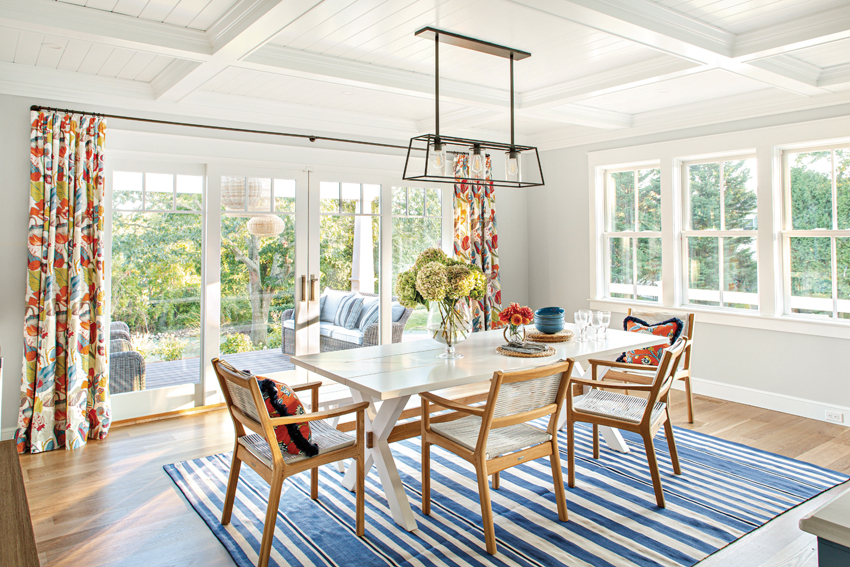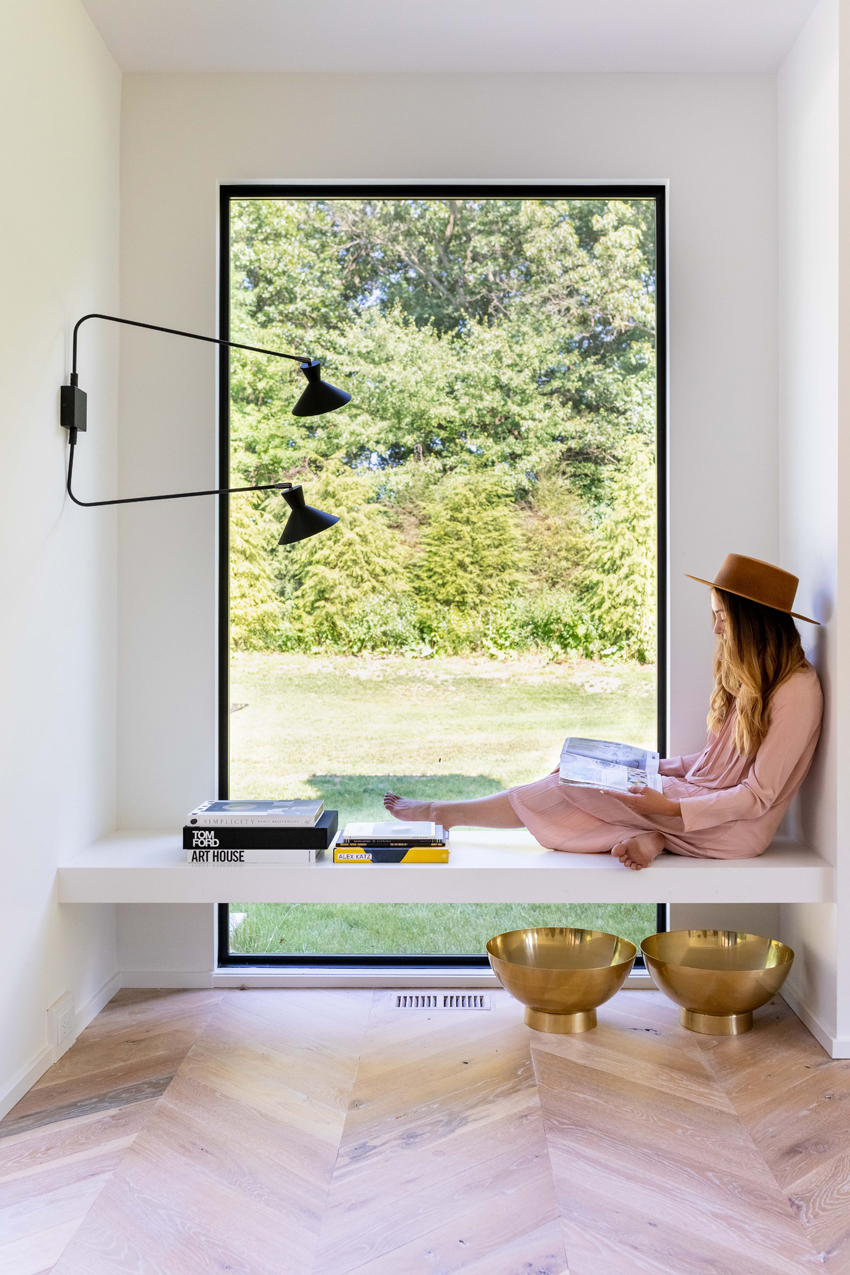Trends in Daylighting and Tunable Lighting
 1 AIA LU/HSW; 1 IDCEC CEU/HSW; 1 GBCI CE Hour; 0.1 ICC CEU; 0.1 IACET CEU*; 1 AIBD P-CE; AAA 1 Structured Learning Hour; This course can be self-reported to the AANB, as per their CE Guidelines; AAPEI 1 Structured Learning Hour; This course can be self-reported to the AIBC, as per their CE Guidelines.; MAA 1 Structured Learning Hour; This course can be self-reported to the NLAA.; This course can be self-reported to the NSAA; NWTAA 1 Structured Learning Hour; OAA 1 Learning Hour; SAA 1 Hour of Core Learning
1 AIA LU/HSW; 1 IDCEC CEU/HSW; 1 GBCI CE Hour; 0.1 ICC CEU; 0.1 IACET CEU*; 1 AIBD P-CE; AAA 1 Structured Learning Hour; This course can be self-reported to the AANB, as per their CE Guidelines; AAPEI 1 Structured Learning Hour; This course can be self-reported to the AIBC, as per their CE Guidelines.; MAA 1 Structured Learning Hour; This course can be self-reported to the NLAA.; This course can be self-reported to the NSAA; NWTAA 1 Structured Learning Hour; OAA 1 Learning Hour; SAA 1 Hour of Core Learning
Learning Objectives:
- Describe the connection between natural sunlight and well-being, and the role of the body’s circadian rhythms in promoting overall health.
- Identify design trends in daylighting and the use of natural light in both residential and commercial projects.
- Discuss innovations in fenestration that are facilitating and/or replicating natural light conditions and diurnal cycles.
- Explain how tunable lighting can impact the well-being of building occupants by mimicking natural light conditions.
This course is part of the Custom Home Academy
Windows, Light Shelves, and Skylights
The primary way to introduce light into a space is through windows, skylights, and light shelves. In general, people gravitate toward spaces that are lit from more than one side, as this scheme is apt to feel more “natural.” It may also reduce glare.
Glare is caused when there is a significant difference between the surface an occupant is trying to view—a computer screen, for example—and the sunlight coming through a window. Glare can cause the eye to work hard to adjust, resulting in fatigue and eyestrain.
Ideally, brightness levels should be kept relatively even across the occupant’s field of vision within a space. The Illuminating Engineering Society (IES) recommends that small patches of sunlight be controlled to less than 79 candelas per square foot. The location of openings and use of awnings and overhangs can help control glare and radiation, as can the use of controls such as internal or external shading.
Electrified glazing that harnesses the power of the sun represents an exciting development in solar control. These “smart windows” are tinted with solar cells made from crystals called perovskites. These cells respond to temperature changes; as the window surface warms, they become more opaque and the perovskites absorb sunlight and convert it into electricity; as the temperature cools, the window becomes clear, allowing in more sun.17
Although architects and designers understand the appeal of a view-framing “window wall,” they must always be aware of the dynamic relationship between glazing, building orientation, daylighting, and solar gain.
Attention must be paid to both the locations of windows and the total area of windows and/or skylights. In general, south-facing windows bring in ample winter sunlight but, because the sun is more directly overhead during summer, little direct sunlight enters those same windows in that season, especially with proper shading. North-facing windows admit relatively even, natural light, producing little glare and almost no unwanted summer heat gain. While east- and west-facing windows facilitate daylighting in the morning and evening, respectively, they may cause glare and unwanted solar gain in summer. Consequently, shading is essential for these windows.
Window Area or Window-To-Wall Ratio (WWR)
Window area or window-to-wall ratio (WWR) is another important aspect of the building envelope that will not only impact daylighting but also ventilation, heating, cooling, and artificial lighting. The WWR is defined as the ratio of the total glazed area to the total exterior wall area. Although building codes set prescriptive maximums for the WWR, projects can exceed this maximum by using high-performance glazing systems.
Light Shelves
A light shelf is a horizontal projection installed onto the interior of a window opening, which redirect and redistribute natural light into the interior space. They are typically installed toward the head of a window, or between a window and a transom or clerestory. The top surface is usually bright white, to encourage reflection.
Light shelves are most effective on south-facing windows. As a rule of thumb, a light shelf will bounce light a distance of roughly two and a half times the height of the glazing above it.18
Skylights
Skylights can help create lofty and inspiring spaces. In fact, one study of retail chains in California showed that 49 stores that were retrofitted with skylights saw sales increase by 40 percent.19 Terrapin Bright Green estimates that, in general, skylights statistically increase sales by $1.55 per square foot in grocery stores, clothing outlets, and retail chains across the country.
Skylights are a particularly effective source of daylight because they bring in light from the brightest part of the sky into spaces not reached by perimeter windows. Skylights funnel light directly from the sun in addition to capturing light reflected from clouds and other surfaces.
In addition, skylights do not often cause glare because they are high above the occupant’s visual field. Skylights can drastically reduce electric lighting energy demand; however, solar heat gain must be controlled with interior or exterior shading devices, which can be either manually or automatically controlled. Skylights can also be equipped with rain sensors, which automatically close when they detect moisture, the sound or pressure of rain hitting the unit, or both.
While skylights cannot be used in every building, they are a good option for one-story and low-rise buildings and many homes. In homes, skylights can bring natural light into interior rooms and transitional spaces; they can also introduce fresh air and, in some cases, views of nature. The natural cooling provided by skylights can save on energy costs, assuming solar gain is controlled.
A number of strategies can be used to diffuse the light entering through skylights, including louvers, the shape of the light well, and properties of the glazing itself. As with windows, it is important to space and size skylights appropriately. As a general rule of thumb, the U.S. Department of Energy recommends skylight size should never comprise more than 5 percent of the floor area in rooms with many windows and no more than 15 percent of the room's total floor area in spaces with few windows.20
Designers can calculate the skylight-to-floor ratio (SFR) to help plan skylight design. In general, larger skylights provide more daylighting and reduce artificial lighting demand, but beyond a certain SFR, the increase in heating and cooling loads may outweigh the lighting energy savings. Modeling software can help determine the ideal design for the building type, climate, and orientation.

Skylights, windows, open plans, and light surfaces can all help ensure indoor spaces are adequately daylit.
Interior Layout and Partitions
Up until recently, open plans were becoming more popular in both residential and commercial buildings. In homes, this translates into open kitchens and informal dining areas that connect to living rooms with plenty of windows. In commercial buildings, there is a trend toward offices without walls and retail spaces illuminated with natural light.
An interior layout designed for daylighting will ensure that all occupants—not just those located near windows—enjoy the benefits of daylighting. Private offices should be located toward the core of the space, and panels separating workstations should be as low as possible. Glass walls and light-colored surfaces can be used to disperse daylight throughout the room. Interior solid partitions, for example, can drastically cut daylight penetration. Replacing these with glass partitions can help.
Reflectance
The reflectance of interior surfaces, including ceilings, walls, flooring, and even furniture, impacts the distribution of incoming daylight. Highly reflective and light surfaces reflect and distribute light, while darker surfaces absorb daylight. ASHRAE sets minimum reflectance values for interior ceilings, walls, and flooring for various building types. As the most important light-reflecting surface, ceilings should have a reflectance of 80 or more.

Photo: Anthony Tieuli
High-reflectance ceilings are an effective strategy for increasing the reach of daylight into interior spaces.
Shades and Overhangs
Exterior overhangs are typically used to block the sun during the summer, when its path across the sky is at its highest. Such overhangs allow sunlight to enter the building in winter, when the sun is lower in the sky. Overhangs are fixed elements on the exterior of the building. Horizontal projections work best on south facades, as they block direct sun at high angles. Vertical projections can be useful on east and west facades, blocking the sun early in the morning and late in the afternoon. Overhangs present an opportunity for visually interesting exterior architectural elements in the form of fins, “egg crate” (a pattern of alternating vertical and horizontal projects), and brise soleil.
Interior roller shades, blinds, and screens can be manually operated or automated. They can be part of a building management system, programmed to coordinate with electric light controls. One disadvantage of these devices is that they still allow heat to enter through the window, where it can become trapped between the shading device and the glazing. A good strategy is to combine exterior overhangs with interior shading controls.
Notably, occupants who are using screens and battling glare may opt to close shades. If the shades remain closed even after the glare subsides, the daylighting benefits are not being enjoyed. Similarly, a skylight that automatically closed when its rain sensor detected moisture may have to be “told” to open again.
High-Performance Glazing
While increasing the amount of glazing can increase heating and cooling demand, daylighting can also significantly reduce electric lighting demand. High-performance glass can also be used to help mitigate the loss in energy efficiency.
Keeping building orientation, climate, and daylighting goals in mind, design professionals can choose architectural glass that will help their specific project obtain the most daylighting benefits while controlling glare and solar heat gain. The key terms to remember when specifying these systems include U-factor, solar heat gain coefficient (SHGC), and visual transmittance (VT).
U-factor: A measure of the heat flow through the window due to convection, conduction, and radiation. The higher the U-factor, the more heat is transferred or lost through the window. Low U-factors can help reduce heating and cooling loads.
Solar heat gain coefficient (SHGC): The ratio of the solar heat gain entering the space through the glazing to the incident solar radiation. SHGC is measured on a scale between 0 and 1; the lower the SHGC, the less heat is transmitted. Choose low SHGC when cooling loads are high and a higher SHGC for passive solar heating.
Visible light transmittance (VT): The percentage of visible light entering the space through the glazing system. VT is measured on a scale of 0 to 1; the higher the VT, the more light that is transmitted. Clear glazing has a VT of about 0.90. A high VT is desirable for effective daylighting.
Tints and low-emissivity, or low-e, coatings can impact both VT and U-factors. Typically applied to the glass during manufacture, these coatings limit the transmission of infrared and near-infrared wavelengths and so reduce the emittance of radiant heat.

Photo: 22 Waves Creative
High-performance glazing can be specified to minimize the transmission of radiant heat but still let in as much light as possible. Overhangs can help control glare.










